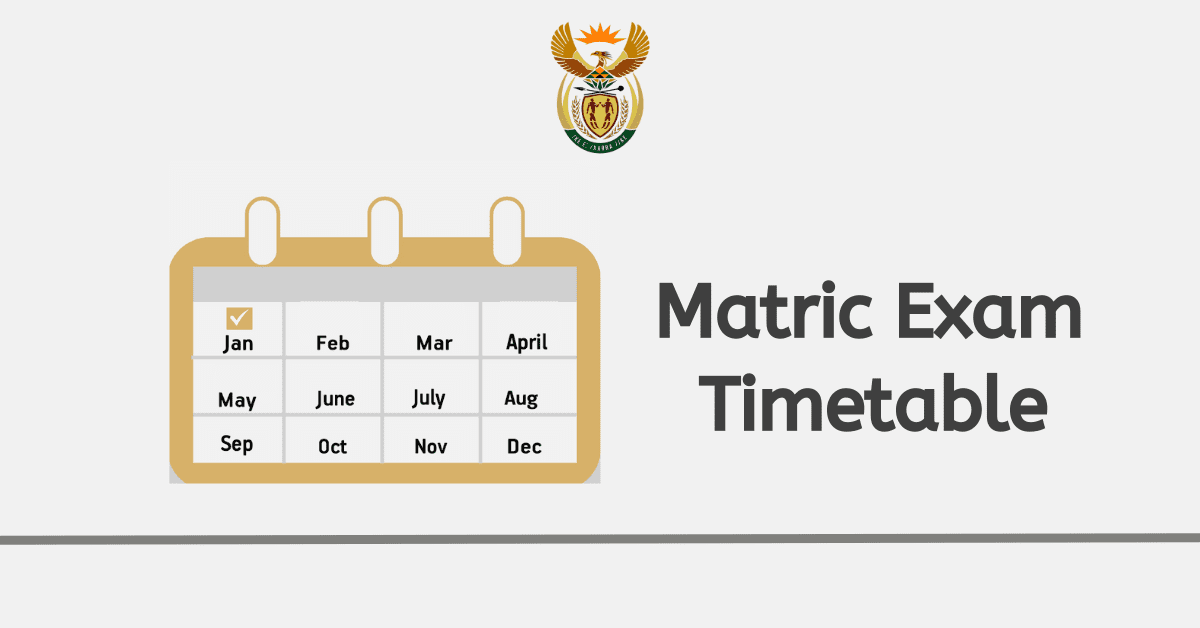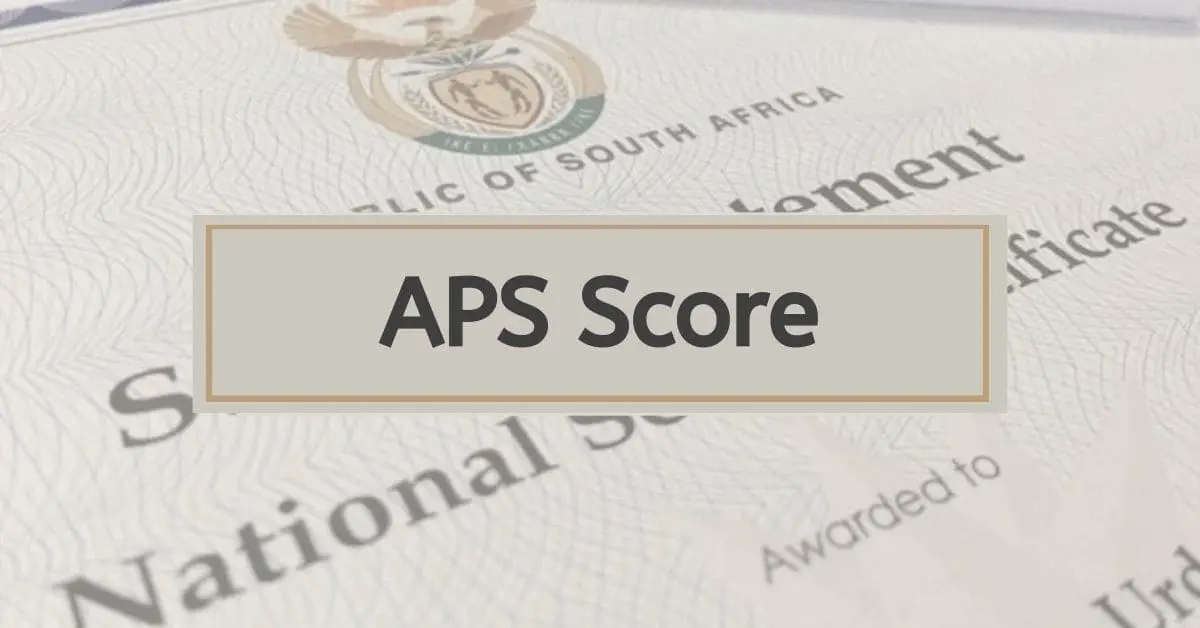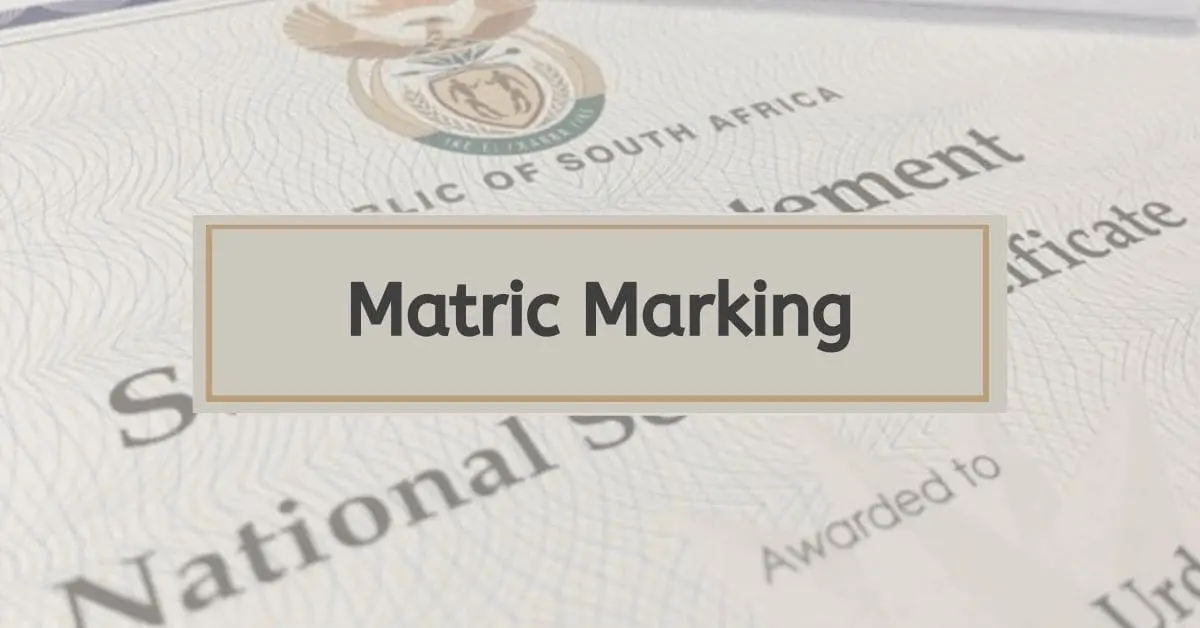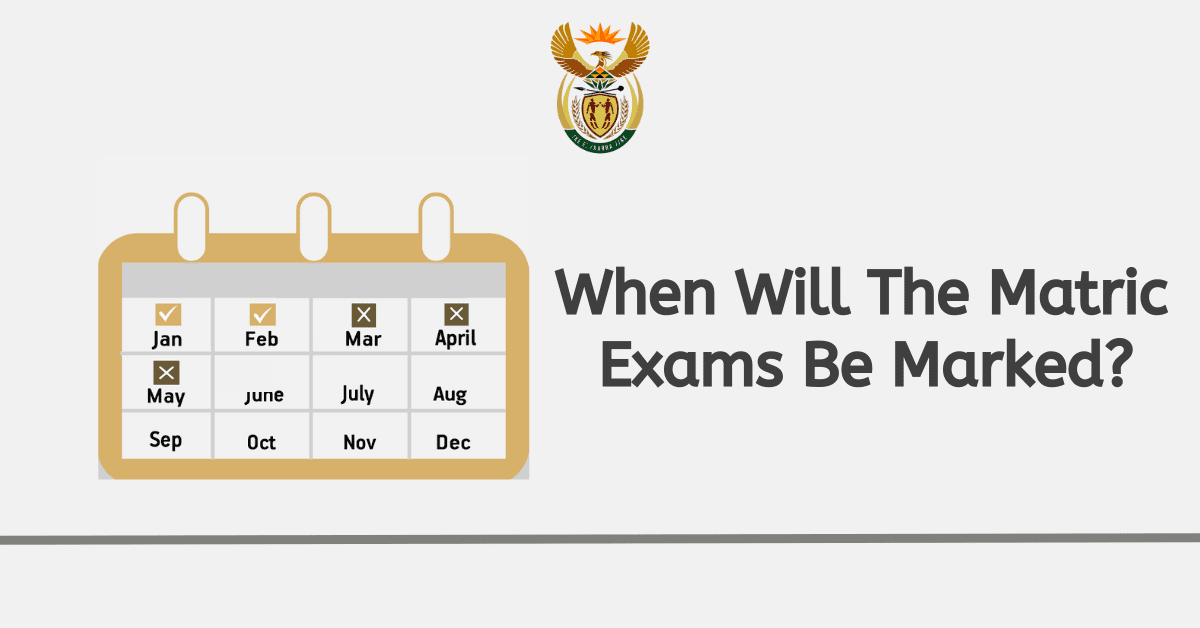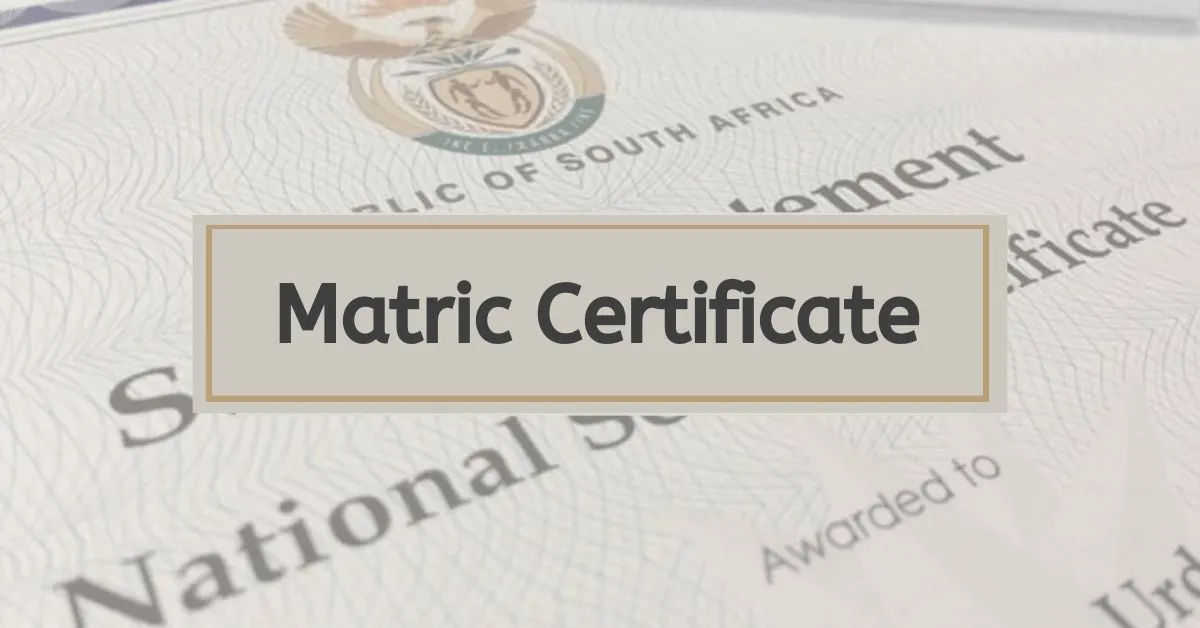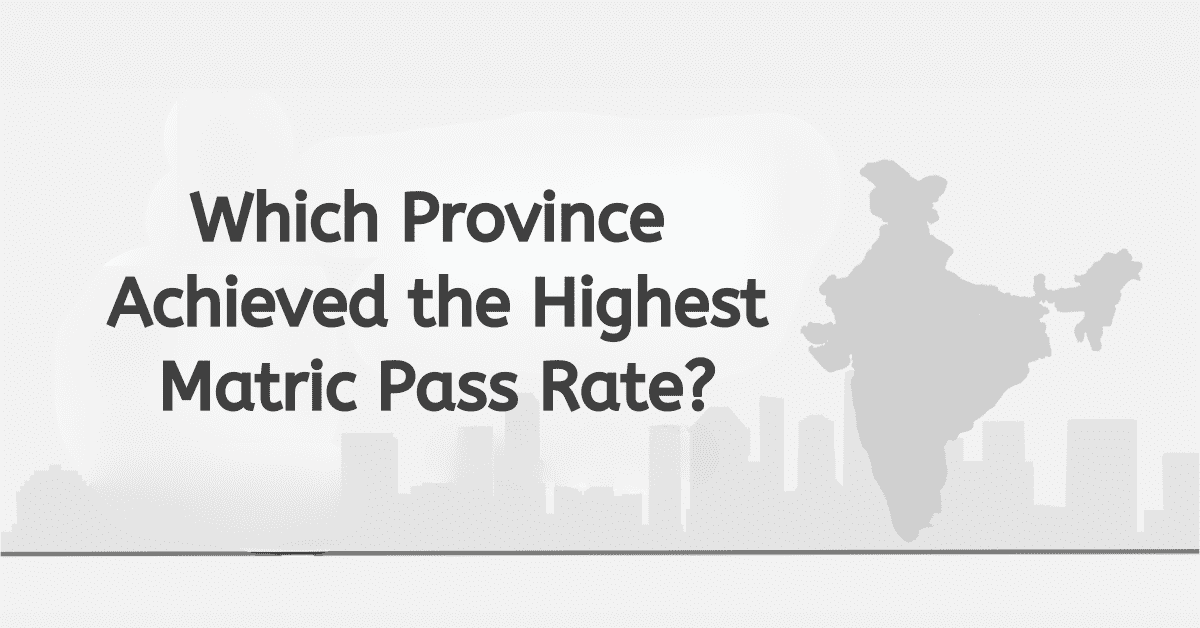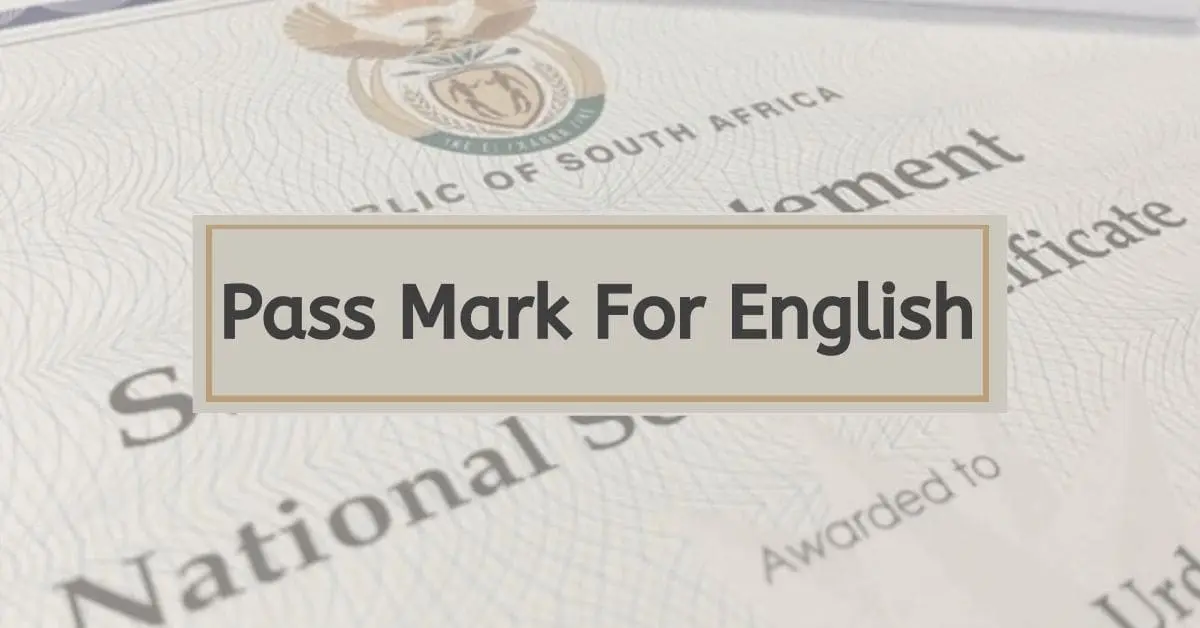The commencement of tertiary education comes after successfully completing high school. In many countries, the path to higher education, like college or university, is designed to assess the academic work of students.
This assessment comes with its evaluation and selection to ensure students with the right points or scores are admitted to tertiary.
Matric points are calculated based on the score students may get in their assessments or exams. These points are also included in the matric results, where the eligibility of students is checked using the final scores.
The educational system has redeveloped over the last two decades to create more transparency and leniency in order to promote education in the country.
While we look at how the evaluation points, we have to also consider the subjects involved in the evaluation process.
We will explore some of the common questions asked about matric points, the subject involved, and average scores in the matric exams.
How to calculate matric points
Results are always expected in every assessment, and with results, points are calculated from them. For those familiar with matric exams, there is always an expectation of results converted to points at the end of the period. Those who have no idea about matric exams may seek to understand how the results are presented.
When we look at calculating matric points, a lot of people are not assertive about how to calculate matric points. The matric points determine the score of your exams and also act as a gateway to gaining admission into tertiary.
So, how can I calculate matric points? – here is what you need to know.
Before calculating your matric points, you need to understand the 7 subjects written in the matric exams have their own score. Each subject comes with its score, which is pegged at 100%.
Every percentage scored in the matric results represents a point. The points are accumulated from the percentage scored for every subject and are added up to the final score for your matrics.
These points are scaled to represent specified results for your matric results.
So supposing you scored 70% in mathematics, that percentage has a point it represents. These points cover a range of percentages for the various subjects.
Here is a clear example of how to calculate matric points
| Matric Percentage Range | Grade | Points |
| 90% – 100% | A+ | 7 |
| 80% – 89.99% | A | 6 |
| 70% – 79.99% | B+ | 5 |
| 60% – 69.99% | B | 4 |
| 50% – 59.99% | C+ | 3 |
| 40% – 49.99% | C | 2 |
| 30% – 39.99% | D+ | 1 |
| Below 30% | D | 0 |
| Subjects | Percentage scored | Points |
| English home language | 78% | 5 |
| Afrikaans First Additional Language | 85% | 6 |
| Life Orientation | 67% | 4 |
| Mathematics | 95% | 7 |
| Economics | 35% | 1 |
| Geography | 43% | 2 |
| History | 58% | 3 |
How many subjects do you count for points?
Students who write the matric exams are required to write all 7 subjects, but at the end of the period, the cut-off point for the subjects must come in. Typically, in South Africa, students in the matriculation Grade 12 system are required to study and earn points in seven subjects. The points given to each subject are determined based on how well you perform, with 1 being the lowest and 7 being the highest. To calculate the final matric points, you simply add up the points earned in the best six subjects. The purpose of this system is to establish a consistent framework for assessing academic achievements and deciding if students are eligible for further studies or admission into universities in South Africa.
All these 7 subjects comprise 4 compulsory and 3 electives. However, at the end of the matric results, only 6 subjects are counted for the matric points. These 6 subjects must constitute your best scores but with at least 3 compulsory subjects.
How many points is a bachelor’s pass?
The bachelor in this context, is another qualification that is provided in university. It is considered the next stage after the diploma. However, in most universities, where a diploma is not offered, a degree is the first qualification that is earned after gaining admission to high school.
The points for a bachelor’s pass indicate the number of total points that can be considered for a bachelor’s degree qualification.
These points are set as a standard across many universities in South Africa. Although having a pass in a bachelor’s degree can guarantee admission, there are cases you may be rejected for your selected course.
The number of points that are considered to get a bachelor pass is averaged at 23 points. This means students who get 23 points or more have a chance to get into the university to study a course within the bachelor’s degree qualification.
How do I calculate my matric average percentage?
Calculating your matric average percentage is a way to assess your performance in high school and also the chances of gaining admission into tertiary.
To calculate your matric average percentage, state all the subjects you wish to calculate. Now each subject has its own percentage.
- Mathematics – 95%
- Economics – 85%
- Geography – 75%
- History – 90%
Add the total percentage of each subject and divide it by the number of subjects.
So in this case; (95% + 85% + 75% + 90%)/4 = 86.25%
Now multiply the answer by 100 to get your matric average percentage is 86%
Remember, this is an illustration to guide you on how to calculate your own matric average percentage.

